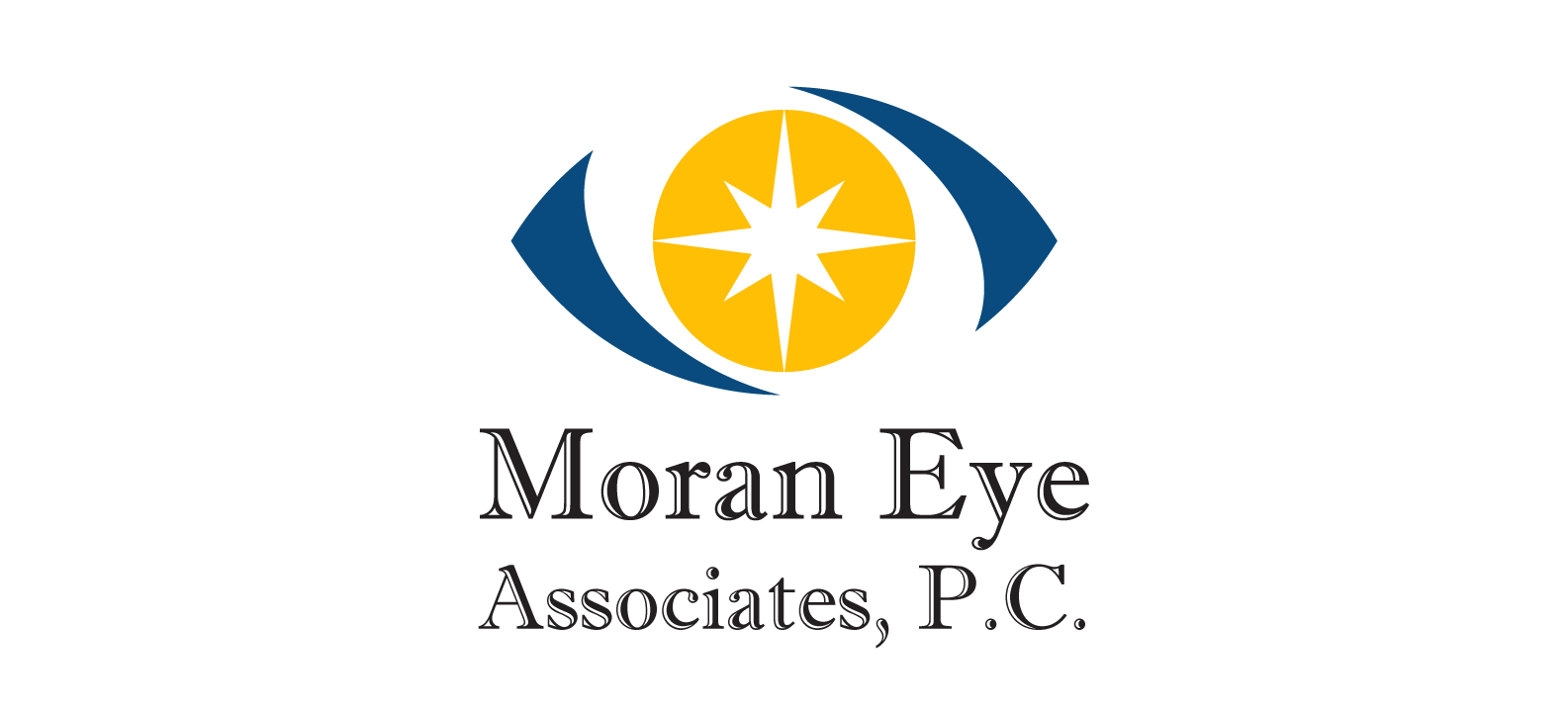by Dr. M | Aug 23, 2019 | Contact Lenses, Exam, Eyeglasses, Glasses, Mark Moran, Office, Patient Care, Prescriptions, Procedure, Vision
What is the first test we do when you come into the office for a complete vision exam?
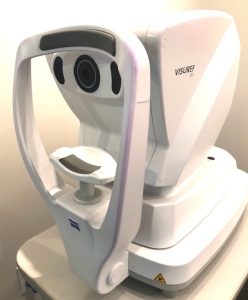
The Autorefractor measures your prescription
We take a measurement of your vision with the AutoRefractor.
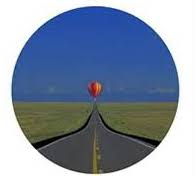
Focus on the balloon!
When you take a seat at the autorefractor, we ask you to look into the device. You will see a blurry hot air balloon at the end of a long straight road. As the balloon comes into focus, we measure your prescription.
We ask you to focus on the image (balloon) to keep your eye centered while we take measurements. It only takes just a few seconds to measure using an autorefractor. The balloon is at the center of the image, which aligns your eye perfectly for the test.
When we use this machine, nothing touches your eye, and there is no puff of air!sisipisi.ccsisipisi.ccsisipisi.ccsisipisi.ccsisipisi.cc
The autorefractor provides an objective measurement of a person’s refractive error and prescription for glasses or contact lenses. The device measures how light is changed as it enters your eye.
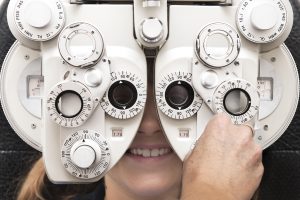
Better 1 or Better 2?
We don’t use the numbers from the device to order your prescription glasses or contacts. The autorefractor is just part of the process. The information from the autorefractor is used as a starting point to determine your best prescription. We take these numbers and dial them into the phoropter.
Here is where your opinion comes in. As we cycle through lenses, we ask, “Is it Better 1 or Better 2?” Your responses help us to pinpoint your best vision. When we show you different choices, we aren’t trying to trick you! We are showing you different options to find your best correction.
Why do we use a balloon photo?
The image isn’t important, but the need to focus on something at a distance is key to a good measurement. The balloon is just one of many visual targets used in the autorefractor. Besides the hot air balloon, other popular images include: a pinwheel/peppermint candy, a house (or barn) at the end of a road, a house in the middle of a field.
FOR MORE INFORMATION CLICK HERE…
by Dr. M | Aug 20, 2019 | Contact Lenses, Cornea, Eye Safety
It’s hard to find someone who doesn’t wear contact lenses, has worn contact lenses in the past, or knows someone who wears contact lenses. The Center for Disease Control (CDC) has declared August 19th to the 23rd contact lens health week. https://www.cdc.gov/contactlenses
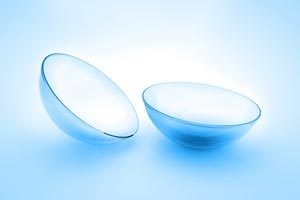
Soft contact lenses
That’s right…the CDC is concerned about contact lenses! Contact lenses are medical devices, just like a heart pacemaker or an insulin pump. Contact lenses have been in use for over 100 years and during that time the technology behind them has progressed and been perfected. For that reason, complications and problems with them are less common. However, that only applies if they are used as prescribed.
Human nature is when you are comfortable with a situation, you may take some shortcuts regarding safety. Because contacts are considered so safe, most contact lenses users are prone to intentionally and unintentionally cut corners. Take the advice of Dr. Tang, Dr. Moran, and the CDC: DON’T TAKE SHORTCUTS!
Here are a few key reminders on handing and wearing your contact lenses.
- Don’t sleep in your lenses.
- Tap water, hot tub or swimming pool water are not good for your contact lenses.
- Wash your hands before handing your lenses.
- Follow your eye doctors instructions for use of your case and disinfecting solutions.
- Replace your contact lenses case every 3 months.
- Replace your contact lenses as prescribed.
- See your eye doctor as recommended.
Contact lenses are safe when used appropriately, but things can go very bad if they are used improperly. You INCREASE your risk of permanent vision loss when you don’t follow the instructions above! Be safe and enjoy your contact lenses: follow the rules.
by Dr. M | Aug 6, 2019 | Cost, Education, Medical Eye Care, Medication, Patient Care, Prescriptions, Uncategorized
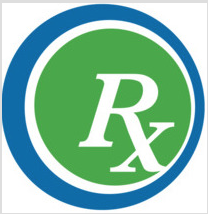
Talk to your pharmacist…you’ll be glad you did!
Have you spoken to your pharmacist lately? We know that prescription medications can be expensive. Your pharmacist can help you manage your medications, and may be able to help you find savings on your prescriptions.
Make friends with your pharmacist.
Your pharmacist is an essential part of your healthcare team. They may be aware of resources that can save you money, all you have to do is ask! Ask if you can speak with your pharmacist, they are happy to take a few minutes to review your medications. Most pharmacies have a private place for patient consultations.
Discount PROGRAMS.
Your pharmacist might be aware of discount programs that can save you money. They have a complete list of your medications, so they can can review the list with you. Talk to the pharmacy staff to see if there are any discount plans or strategies that might help you save some money.
ASK YOUR DOCTOR.
Ask your doctor if you there is a generic version of the medication. Generics are less expensive, and have the same active ingredients as the brand-name medications.
We want you to stay on track with the medications that are prescribed for you. The first step toward that goal is making sure that you get the medications that you need to stay healthy.
We know that an informed patient makes the best healthcare decisions, so make sure ask questions! You can benefit from relationships with every member of your healthcare team.
by Dr. M | Jul 25, 2019 | Experience, Eye Safety, Laser, LASIK, Patient Care, Procedure, Surgery
Patients often ask…what happens the day of your LASIK procedure?
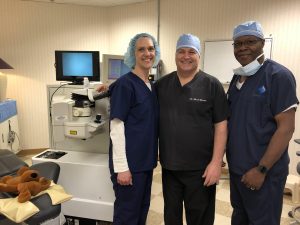
Dr. Moran with the Sightpath LASIK team.
Our LASIK surgery center is now located right in our office!
When you arrive for your surgery, you will be taken back to an exam room. Your family member or friend can stay with you while we review your paperwork, medications and post-op instructions – it’s always good to have an extra pair of ears listening while we go over details! The total time is usually under 1 hour.
Next, we get you ready for surgery. We apply a series of eye drops and review what happens in the laser suite. During the procedure, Dr. Moran explains each step of the way, so you know what to expect.
In the LASIK Suite
- The team makes you comfortable on the surgery bed. Your head rests on a horseshoe shaped pillow.
- We place a patch on your left eye.
- Then, your right eye is held open with a lid holder (no need to worry about blinking during the procedure!)sisipisi.ccsisipisi.ccsisipisi.ccsisipisi.ccsisipisi.cc.
- Dr. Moran creates a flap using the Intralase laser. You will feel some pressure as he applies a ring on your eye, before the laser is applied. Your vision will go dark for a few seconds as he creates the flap. In just a few seconds, the flap is done! Your vision comes right back after the ring is removed.
- Next, he lifts the flap and centers your eye under the Visx laser.
- The laser treatment is applied. It is painless…all you need to do is look at a yellow light while the laser is working.
- Then, he smoothes the flap back into place and the lid holder is removed. The right eye is done!
- Dr. Moran repeats the procedure in the left eye.
When you enter the LASIK room, Dr. Moran, his surgical assistant, and the laser engineer are waiting for you. They give you a LASIK buddy to hold…he’s a little bit of comfort that goes a long way to making you feel secure!
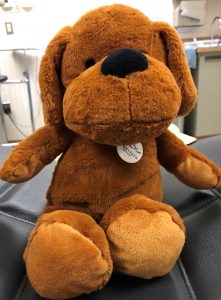
Your LASIK Buddy
After about 15-20 minutes, Dr. Moran walks you out of the LASIK room, and checks your eyes in the exam chair. We put drops in your eyes before you head home, and review the post-op instructions again. Once you put on your sunglasses, you are good to go.
WHEN YOU GO HOME:
The day of your surgery, it is important to keep both eyes closed as much as possible. We give you sunglasses to wear home, so you can open your eyes to walk to the car. Close your eyes for the ride home, but you can open them again to walk into your house.
Put on your eye shield as soon as you arrive at home. Then it is time to rest with your eyes closed. Listen to music, an audiobook, or podcast…or just go to sleep. The eye shields should be worn for sleeping for the next 7 days, so that you don’t accidentally touch or rub your eyes.
If you have questions once you are home, call us! We always have someone on call to answer our patients concerns.
WHAT OUR PATIENTS SAY
Overwhelmingly, our patients comment about how fast the procedure was…and how easy! We most commonly hear, “That was so much easier than I expected, why did I wait so long!?!”
Interested in LASIK? Come in for a free consultation to find out if LASIK is right for you. Click to find out what happens at your LASIK Consult
by Dr. M | Jul 17, 2019 | Contact Lenses, Donate, Eyeglasses, Glasses, Sunglasses, Vision
If you care enough to recycle, we can help!
Bring your recyclable vision items into our office, and we’ll take care of the rest!
EYEGLASSES:
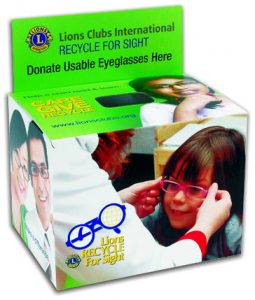
We have a donation box in our office!
Bring your used glasses to the office. We have a collection box for the Lions Club “Recycle Your Sight” program. The donated glasses are measured and then distributed to people who match the prescription. Your donation can help a child to be successful in school, allow an adult to get a job, or a keep a senior citizen living independently.
We accept any type of glasses: distance, reading and sunglasses too! Safety glasses are also welcome. If you have a glasses case, we can accept those too. But don’t worry if you no longer have the case, we will wrap them so they arrive at their destination safelysisipisi.ccsisipisi.ccsisipisi.ccsisipisi.cc.
CONTACT LENS PACKAGING:
While you may be aware that the contact lens boxes can be recycled through your municipal recycling program, did you know that the blister packs can be recycled too?
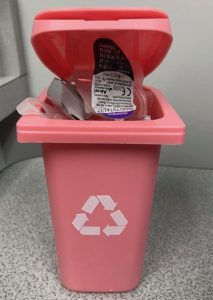
Recycle your contact lens packaging!
Our office takes part in a recycling program that accepts specialty packaging…including the foil and plastic of blister packs. If you wear daily contacts, you are throwing out two containers each day. Multiply that times 30 days/month, 365 days/year…it adds up! Especially when you consider how many patients wear contacts,
Don’t put them in the trash! Collect your discarded containers and bring them into the office. We will send them to our recycling program, and eliminate all of that waste. Recycling small things can make a big difference.
PLUS…for every qualifying shipment a donation will be made to Optometry Giving Sight. This nonprofit organization works to prevent blindness and impaired vision for those who do not have access to eye exams and glasses/contacts. For more info, visit: http://www.givingsight.org
Partner with Moran Eye Associates in recycling.
Working together, we can make a difference!


